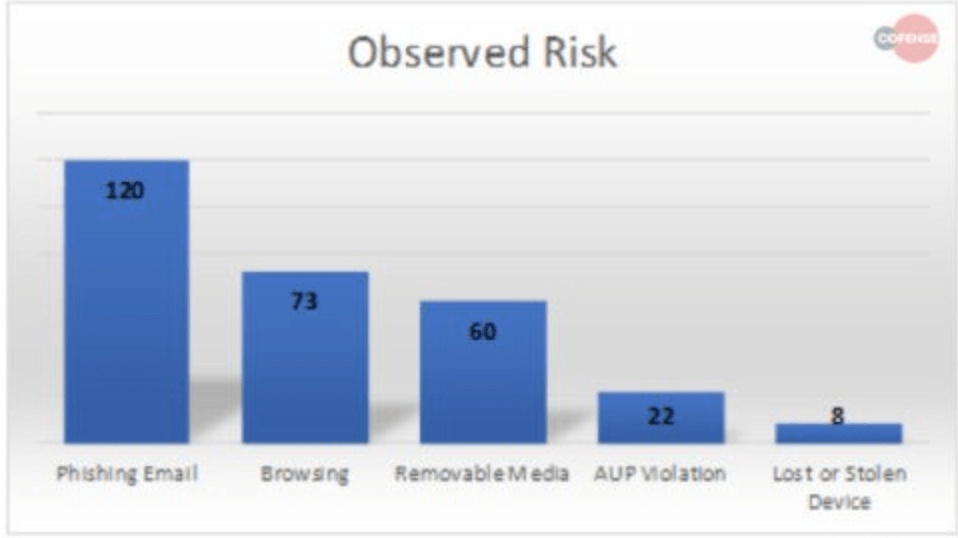Part 1 of a 4-part series on building and maintaining a security awareness program, in support of Cybersecurity Awareness Month. #BeCyberSmart
I’ve been with Cofense for two and a half years now interacting with several groups internally, but there are plenty of moments when I still get to chat with Awareness professionals. It’s in these moments that I realize there’s still some passion for helping others with their programs. I wrote this series early in my first few months of joining the organization and find these are still the recommendations I provide to others building or maturing their programs.
In 2011, I began my journey into security awareness. At that time, there were limited resources and most programs were still compliance focused. Even though I had previously spent five years in IT compliance, I knew this wasn’t the right approach to get users to learn or care about security. I kept telling the director who owned the role, “Compliance focus is wrong –you have to market to the users.”
Seven years later, I have a few tips to share about creating a security awareness program. The first tip might sound obvious, but how many times have you seen it ignored? Make sure you have a strategy. And while you’re strategizing, remember to set some goals.

Ask your SOC for help.
Before you can begin to build your program strategy, reach out to your Security Operations/Incident Response team. This team should be your best friend—and YOU will become theirs. They genuinely care about protecting your organization and you will be a breath of fresh air to them. But you will most likely need to remind them that they have the “Curse of Knowledge” (week-two book suggestion) and they don’t remember what it’s like not to know something. They’ve been doing technology and cyber too long to put themselves in the shoes of the user, so that’s where you step in. What to ask them? They have lots of data and metrics. They most likely can give you a number of high risk incident categories that they track. What are the top two or three categories that ….? How much time does it take to remediate each of these incidents—for the user and the highly skilled technical staff?


